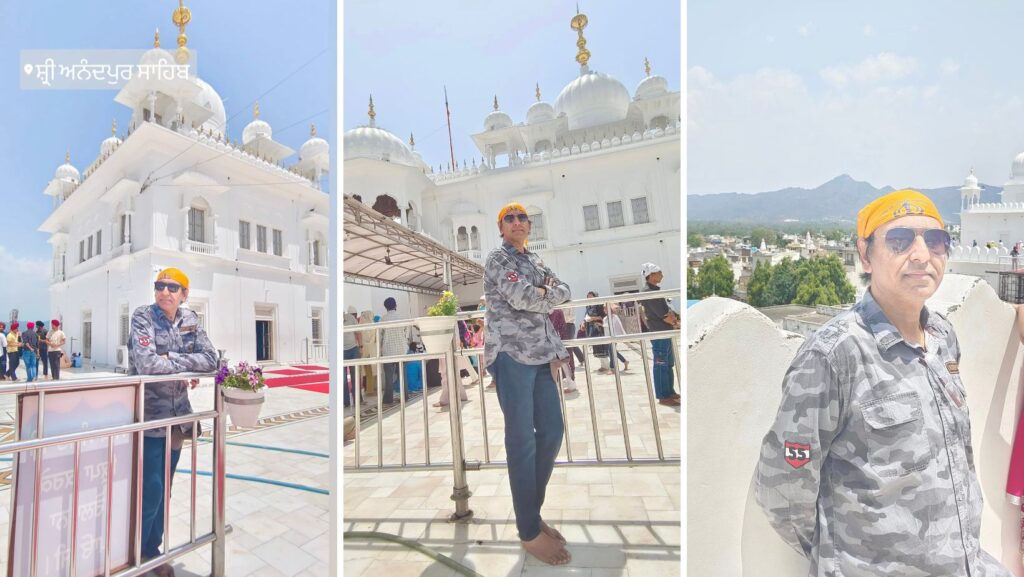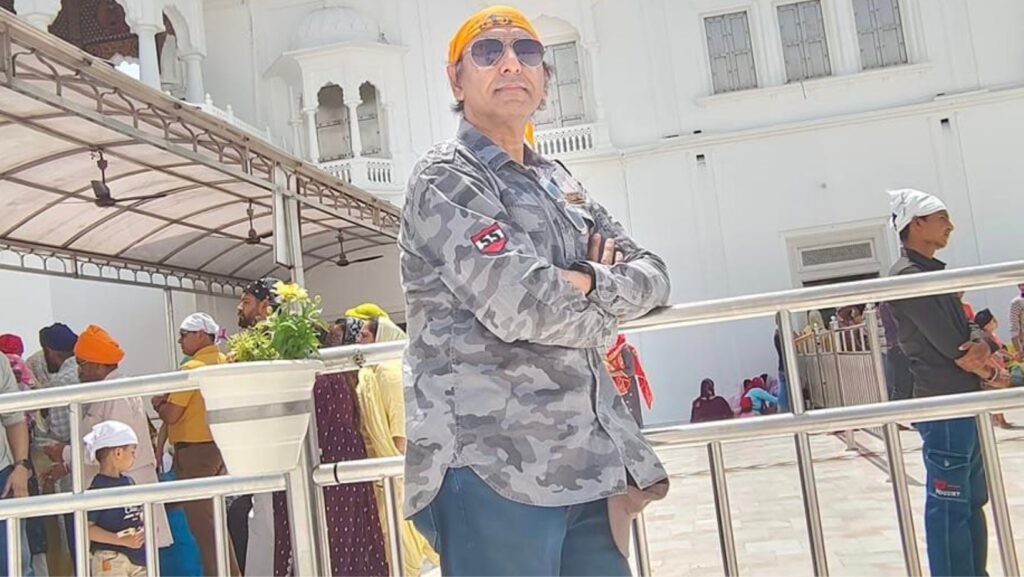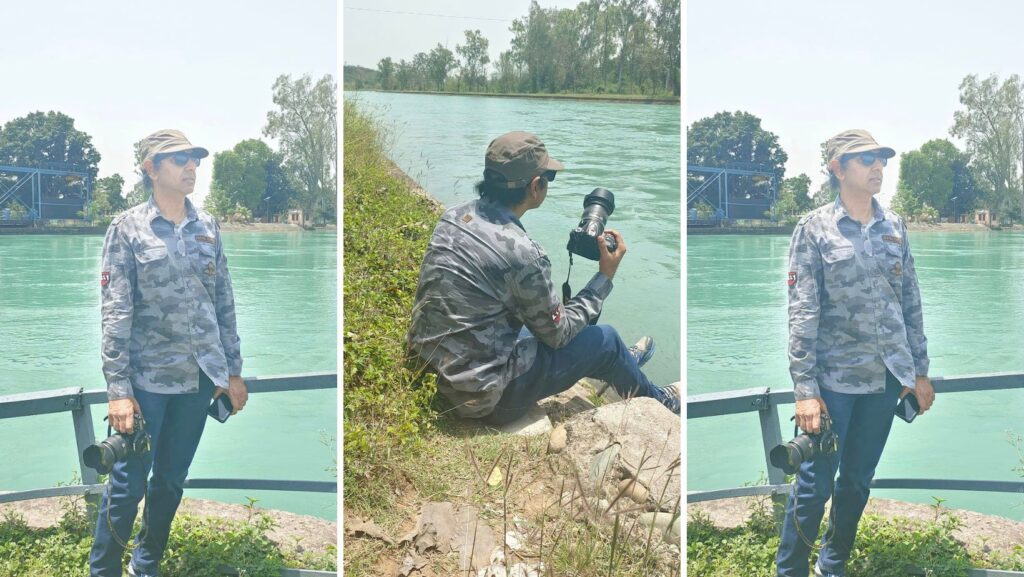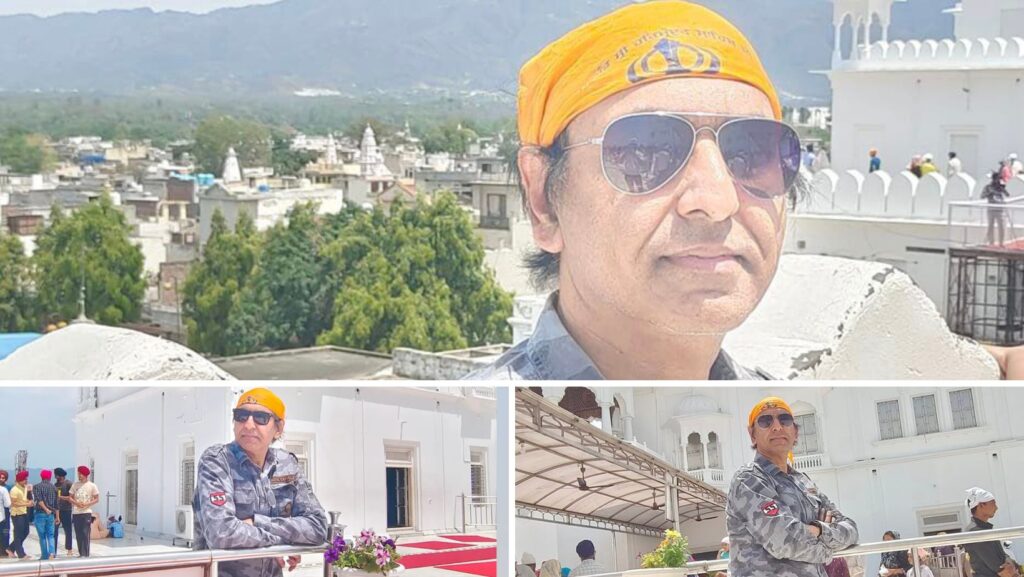The birth place of ‘Khalsa’, Anandpur Sahib is the holiest town of Rupnagar district and is listed as one of the five sacred takhts (seats) of Sikhism. Sri Guru Teg Bahadur Ji, the ninth Sikh Guru, was in search of a place where he could spend his days in peace and tranquility. The ‘adobe of bliss’, Anandpur Sahib reverberates with the folklore of Sri Guru Teg Bahadur Ji, as he sacrificed his life for the Kashmiri Pandits, who were being forced by Aurangzeb to take up Islam.

Gurudwara Sis Ganj Sahib, in Chandni Chowk, Delhi is the spot where Sri Guru Teg Bahadur Ji sacrificed his life, whereas, later his head was brought to Anandpur Sahib for cremation by Sri Guru Gobind Singh Ji. Anandpur Sahib is a pilgrimage site in Sikhism and is the venue of largest annual Sikh gathering & festivities during Hola Mohalla. But, there is always more to look forward once you’re in this holy city. Here are some of the must-visit places and events in Anandpur Sahib for a spiritually immersive experience.

A holy city in Punjab whose historical significance to the Sikhs is second only to Amritsar. Hundreds of Sikhs once embraced martyrdom here. Two Gurus and families of four Gurus lived here for many years. Sikh history is deeply marked by their struggle for survival in a volatile land, especially during the peak of Mughal persecution under Aurangzeb, which radicalized the Sikhs (many paintings in the museum at the Golden Temple, Amritsar, record the horrifying persecution stories retold across the land).

The mystical faith of Guru Nanak transformed into the fiercely spartan and nationalistic faith of Guru Gobind Singh, who also committed the Sikhs to the five Ks. In early 19th century, Maharaja Ranjit Singh further militarized the Sikh nation, creating the first modern army in the subcontinent. Reversing the dominant historical trend, he went west to conquer new lands (which later fell in the British lap).

This transformation is still reflected in the iconography and practice of Sikhism. Swords, spears, shields, and daggers are a centerpiece display in all Gurdwaras, besides the Guru Granth Sahib covered in finery. Even today many Sikhs become Nihangs, an order founded by Guru Gobind Singh himself as the fighting body of the Khalsa. The Nihangs-in distinctive blue robes and armed only with traditional swords, spears, daggers-renounce worldly possessions and commit to embracing martyrdom should the need present itself. Even today a disproportionate number of Sikhs enter the Indian defense forces.















